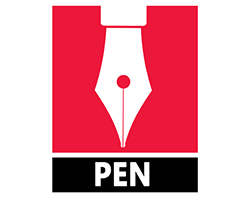Research article | Open Access
International Journal of Innovative Approaches in Agricultural Research 2024, Vol. 8(4) 300-306
Development of an Innovative Application for Nosemosis and Varroosis Rates in Bolu Beekeeping Locations by using Google Earth Engine
pp. 300 - 306 | DOI: https://doi.org/10.29329/ijiaar.2024.1109.3
Publish Date: December 31, 2024 | Single/Total View: 23/49 | Single/Total Download: 27/54
Abstract
Beekeeping is one of Turkiye's important sources. Our country's rich geography and various climatic conditions are quite suitable for beekeeping, which is directly related to geography, climate and topography. There has been an increasing interest in beekeeping, which provides higher income with less maintenance and cost compared to other agricultural activities. This increase has also brought to the agenda the need to take various measures to increase the efficiency obtained from beekeeping activities. The first issue to be considered is bee diseases. Nosema spp. and Varroa spp. are two important disease factors frequently encountered in beekeeping. Both cause serious health problems in bee colonies and threaten the health of bees. In this study, it is aimed to implement a map application consisting of bee disease rates in beekeeping locations in Bolu province in order to perform early detection of bee diseases and to take the necessary measures. In this direction, field studies were carried out and coordinate information of beekeeping locations in Bolu province was obtained. At the same time, bee samples were collected from these locations and examined in a laboratory. After field and laboratory studies, a data set was created with coordinate, district name, nosemosis and varroosis disease rate information. The created data set was transferred to the Google Earth Engine (GEE) platform and visualized. An application was developed with the codes written on the GEE platform and the coordinate, district name, nosemosis and varroosis disease rate information of the clicked district beekeeping locations were shown on the panel. This study provided a preliminary view for the first time on the nosemosis and varroosis disease rates in the same locations for the future periods and created a database for the future periods.
Keywords: Google Earth Engine, Beekeeping, Nosemosis, Varroosis, Bolu
| How to Cite this Article? |
|---|
|
APA 7th edition Harvard Chicago 16th edition |
| References |
|---|
|

